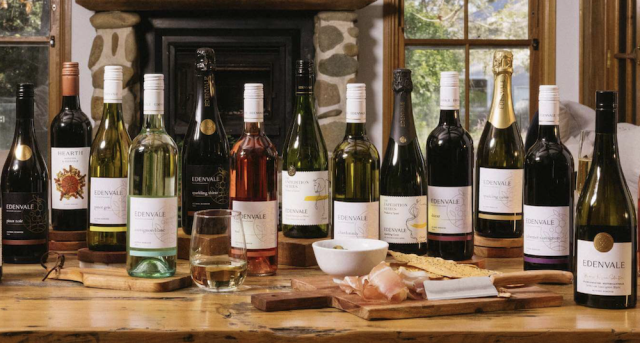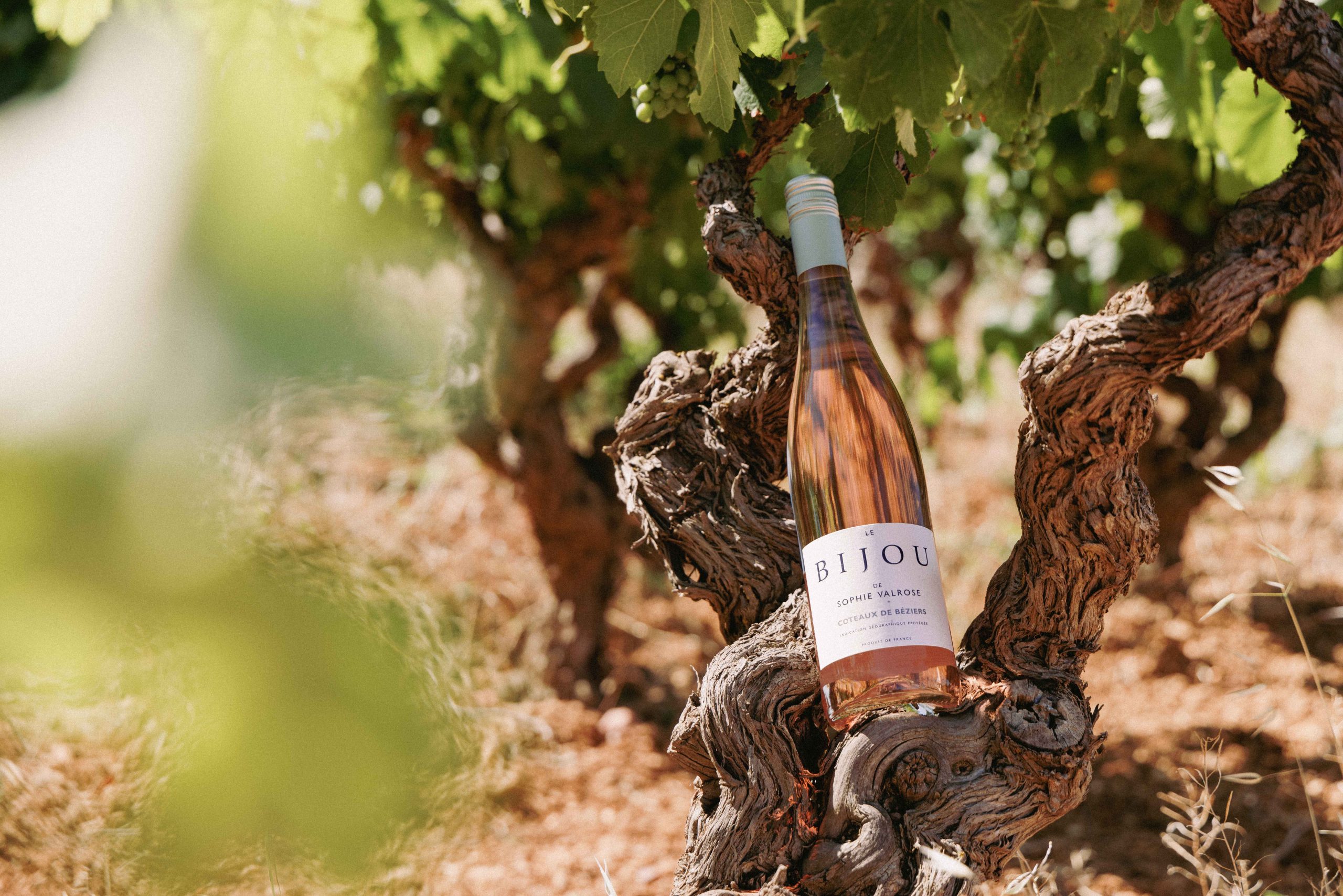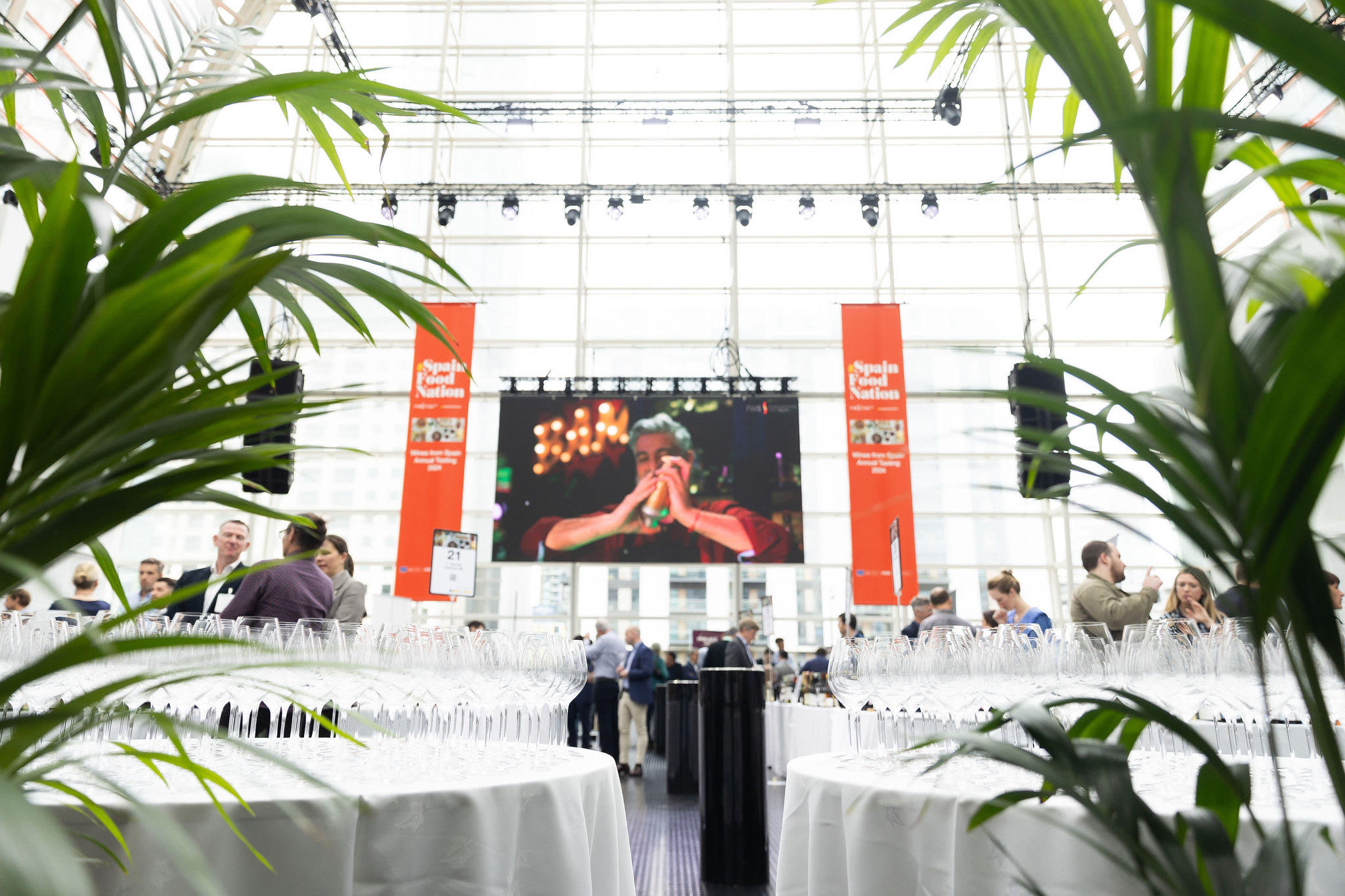Five revelations from the wine trade in 2024
By Patrick SchmittAs 2024 draws to a close, Patrick Schmitt MW picks out five things that struck him during the course of the wine-related events, discussions and tastings that have taken place over the past 12 months.
While the end of the year normally sees us focus on the upcoming 12 months, it’s also a chance to look back, and consider the revelations from the previous 52 weeks.
And in doing so, I can pick out a handful of vinous experiences during the course of 2024 that surprised me, and it’s these that I have outlined below.
5. The Chenin Blanc opportunity

A few years back we instigated our first Global Chenin Blanc Masters, which sees us assess wines made from this versatile grape from wherever it’s planted. Importantly, like all the competitions we run, the wines are tasted ‘blind’, arranged loosely according to style, and in price bands, allowing us to assess a broad range of samples without being influenced by where they are from, or who has made them.
While this affords us the chance to make unbiased judgements on the best sources of any particular grape, it also allows us to form opinions on the general trends in terms of style and quality for the variety in question.
And it was after this year’s tasting in particular, in which we sampled outstanding sparkling and sweet Chenins, even a really good fortified example, but most notably, first-rate barrel-fermented still, dry wines, that I found myself reappraising the grape.
As a result, it dawned on me that if you’re looking for an equivalent to fine, oak-influenced Chardonnay, a brilliant alternative is barrel-fermented Chenin, and above all from South Africa.
Why? Because the toast and vanilla notes of the wood seem to complement the peach and pineapple flavours you get from the warm climes of Stellenbosch, or from the heat of Swartland. And, because it’s Chenin, you still get that refreshing, firm acidity on the finish.
So, if I was the chart the biggest change in my drinking habits in 2024, it would be the substitution for New World Chardonnay with Chenin Blanc, primarily from the Western Cape.
One final thought too on this grape. While it’s notable for its sharp acidity in cooler climates, mainly its native home of the Loire, warming weather is helping the tame this trait, ensuring the dry wines from the likes of Vouvray, Montlouis and Savennières are refreshing, but not searing in style. Indeed, wherever climates are hotting up, Chenin Blanc should be viewed as a possible fit for providing refreshing whites.
4. French grapes still rein in Italian soil

Even in areas where there is a wealth of native varieties, those grapes that are foreign, noble, international or French still play an important part.
This struck when I was asked to present a range of wines from Italy at a tasting in London this year, all of which were made from non-native grapes.
Bearing in mind that this is a time when the spotlight is firmly on the role of indigenous grapes in historic wine regions – both as a way of finding differentiation in a crowded market, but also as a source of well-adapted vines in a warming climate – focusing on foreign varieties is a counter-trend.
However, concerning Italy in particular, the modern, global success story of this country’s wine industry owes most to international grapes, which continue to provide a vital role to its business, at both ends of the price spectrum.
For the entry point, Italy’s best-selling still white wine is made with a non-indigenous variety: the powerhouse of a volume-driver that is Pinot Grigio – a French grape that’s a colour mutation of Pinot Noir, called Pinot Gris in its native nation, with the ‘gris’, referring to the greyish/pink colour of its skins.
At the fine wine end of Italy’s wine scene, it has been the role of Bordeaux grapes in Tuscany that has elevated the nation’s reputation for great age-worthy reds. Indeed, the Super Tuscans of Tignanello, Ornellaia and Sassicaia are some of the nation’s most sought-after wine brands, and the 100% Merlot Masseto is regularly Italy’s most expensive.
And the might of such wines has also encouraged the historic Tuscan DOCG of Chianti Classico to revise its rules, in a bid to improve quality, or at least, beef up the Sangiovese-dominant blend. So, in 2005, it forbade the use of white grapes in the classified wine, while allowing up to 20% of the blend to employ Cabernet, Merlot or Syrah.
There are of course many other examples of where international grapes have helped elevate an area’s reputation to the benefit of the longstanding and traditional – and not just in Italy.
As I learnt at a conference in Austria this month, according to Aleks Zečević from The Wine Enthusiast, in his opinion, this nation’s best white wines aren’t made with the nation’s emblematic central European grape: Gruner Veltliner. Rather, they come from Chardonnay and Sauvignon Blanc, especially from Styria.
Partner Content
3. The wine industry is rich in innovative spirit

As I wrote earlier this year, I’d have an enviable collection of cru classé claret if someone had slipped me a first growth every time I came across the phrase ‘the wine industry lacks innovation’. It’s such a common observation, or rather, criticism, that it’s become an accepted explanation for pretty much any failing in the wine business.
But it struck me in 2024, that it’s far from true. While wine’s agricultural origins may slow down product development, the category is alive with invention. Even a a country such as Chile, once unfairly branded as boring, is now the epitome of vinous excitement and experimentation.
I’m also keen to rebut the accusation that the wine industry is uncreative having chaired our inaugural Global Orange Wine Masters this year. This is a fast-expanding and improving category that is rife with change, particularly from the Languedoc’s Gérard Bertrand. Indeed, he has crafted the world’s first amber-coloured icon: the almost-£200-a-bottle Villa Soleilla. It’s an absolutely delicious drink, with the beautiful hue of a perfect sunset and, he says, the only wine that goes with every type of cheese.
His now extensive range of orange wines, which include a couple of much more affordable options, is, Bertrand also records, bringing Generation Z into wine, along with bartenders who like to mix the brightly-coloured drink. So much for thinking this niche, ancient wine style is only being resurrected for somms and geeks.
2. Palatable zero-abv red wine is possible

And on the subject of innovation for younger consumers, let’s not overlook the alcohol-free wine sector, especially because my final tasting of the year is always The Low and No-alcohol Wine Masters. While an interesting sampling exercise – due to the range of drinks, and fast-changing nature of the sector – it has, historically, been a little disappointing.
One area where the samples fall noticeably short of providing a satisfying alternative to full-strength wine is within the reds. Once you strip out the alcohol, the tannins become harsh, and the finish excessively drying.
But this year, for the first time, I sampled a red wine that gave me hope that it’s possible to craft something without any alcohol that tastes similar to a full-strength equivalent, and doesn’t have a bitter, chewy finish.
Yes it had 30g/l of residual sugar to provide some stuffing to make up for the hollow-nature of zero-abv wine, but it also had appealing Pinot-like red berry fruit flavour and some complementary milk chocolate notes from oak. As for what it was, it was a 0.5% abv Australian Shiraz made by Edenvale. I’m not the target drinker, but if you are in the market for something that tastes similar to juicy, fruity, barrel-aged red wine and you really don’t want any alcohol, then there is a palatable option for you.
1. It’s time to defend wine’s positive role in society

While I’m revising my view of no-alcohol wines having sampled a number of increasingly convincing zero-abv alternatives to the real thing, I’m also more convinced than ever that we must defend the benefits and beauty of wine – in its full-strength natural state.
One focus of resistance to current and growing anti-alcohol sentiment should, in my view, centre on the wine’s role in delivering delicious refreshment; it’s ability to provide sensory pleasure due to its smell and taste, as opposed to just its intoxicating effects.
Another centres on its unmatched role as a partner to food, as well as a drink for sharing, and promoting conversation – if you like, it’s service as an antidote to loneliness.
Then there’s its key role in providing employment, often in sparsely populated rural areas, not just due to the workers needed to produce the product, but also, increasingly, due to the tourist-related revenue winemaking can bring as cellar-door restaurants and tasting rooms take off.
A further aspect of defence, as physician and vintner Dr Laura Catena so clearly outlined to me this year, concern’s wine’s health-giving properties.
Indeed, it’s necessary to promote credible studies showing that consuming small amounts of alcohol can provide health benefits, such as reducing the risk of cardiovascular disease, strokes, and diabetes.
However, such papers are being unjustly discredited – often to justify the imposition of increasingly draconian anti-alcohol measures.
Her view and mine, is that we shouldn’t hide the risks from excessive drinking, but neither should we don’t bury the science that shows the benefits of moderate consumption.
Rather, make it all available, and let the people decide. After all, that should be the approach to any issue in a democratic society.
Related news
How a top 100 Master Winemaker is bucking market trends
Wine in 2025: key trends to shape the global industry
HKTDC Wine & Spirits Exhibition: the top four trends of 2024




